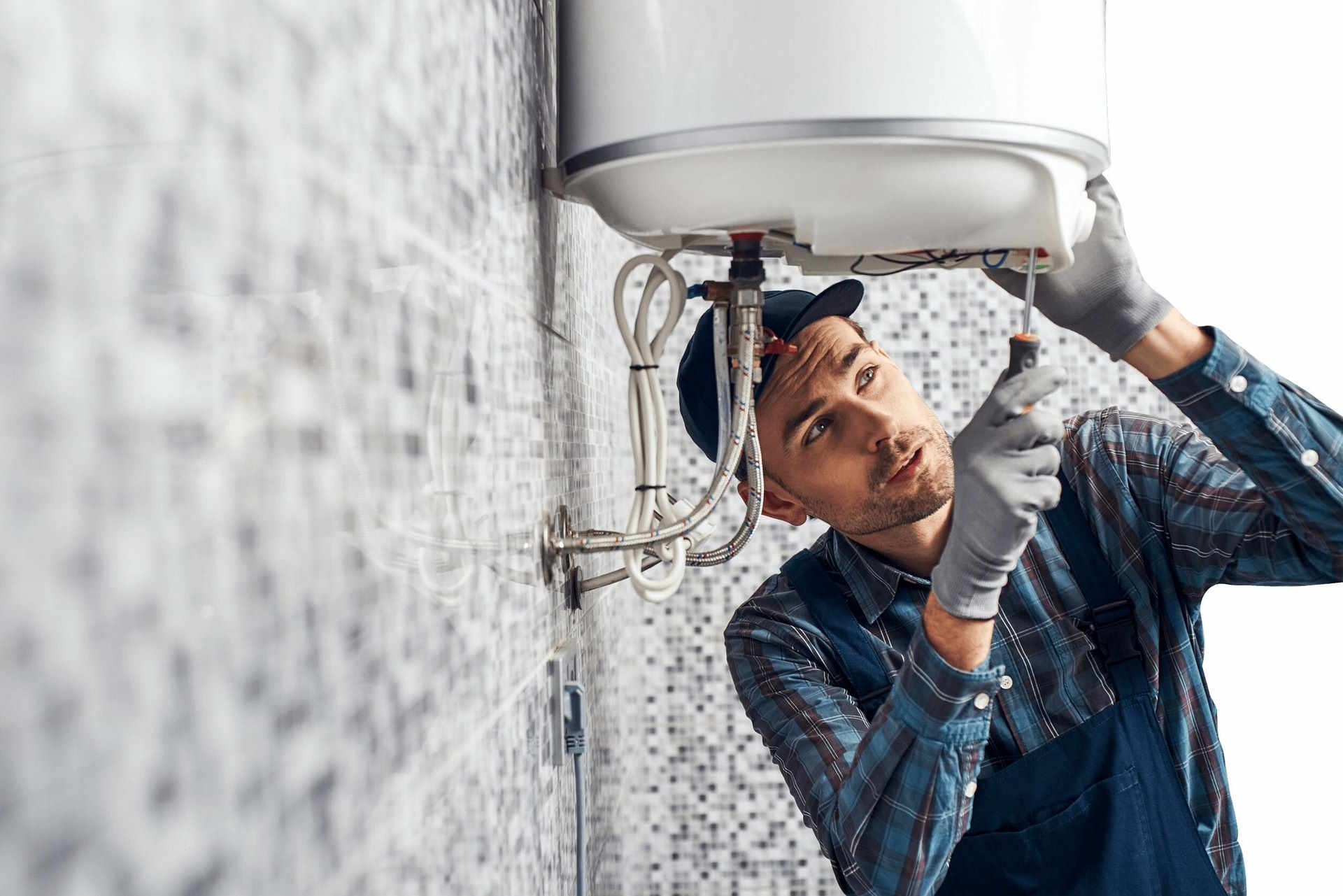Home Warranty: How Contracts Cover Home Systems and Appliances
A home warranty is a service contract that helps cover repair or replacement of major systems and appliances in a home. Unlike homeowner’s insurance, which protects against perils like fire or theft, a home warranty focuses on mechanical failures from normal wear and tear. For owners of houses, apartments, or other residential buildings, understanding what a warranty covers and how a contract works can reduce unexpected repair costs and simplify service requests when appliances or systems fail.

What is a home warranty for your home?
A home warranty is an agreement between the homeowner and a warranty provider to service and repair specific home systems and appliances for a set period. Coverage typically includes HVAC systems, plumbing, electrical components, and built-in appliances. The contract outlines covered items, exclusions, service call procedures, service fees, and claim limits. For owners of older homes or those who prefer predictable maintenance costs, a warranty can act as a financial planning tool, though exact terms vary widely by provider and policy.
How does a house’s systems and appliances get evaluated?
When a claim is filed, the provider assigns a service technician to diagnose the issue. The technician verifies whether the failure is due to covered wear and tear or excluded conditions—such as preexisting issues, lack of maintenance, or improper installation. Many contracts require regular maintenance (for example, HVAC servicing) to keep coverage valid. Homeowners should retain maintenance records and read contract fine print to know what documentation is needed if an appliance, water heater, or other system stops working.
What types of building components are usually covered?
Coverage commonly targets mechanical and electrical components integral to daily use: central heating and cooling systems, electrical wiring (to a limit), plumbing within the property, water heaters, and built-in appliances like ovens, dishwashers, and refrigerators. Structural elements of a building—such as walls or foundation—are generally excluded. Optional add-ons may extend coverage to pools, septic systems, roof leaks, or standalone garage door openers. Each contract specifies limits and caps per item and for total claims during the policy term.
How are appliance repairs handled under a contract?
Most home warranty contracts require the homeowner to pay a service call fee when a technician visits; the provider covers covered repairs up to the contract’s allowance. If a covered appliance is not repairable, the contract may offer replacement up to a set limit. Response times, authorized vendors, and approval steps differ among providers. Consumers should confirm whether technicians use original manufacturer parts, whether parts and labor are both covered, and whether emergency services or second opinions are available in your area.
What exclusions and limitations should homeowners expect?
Common exclusions include preexisting conditions, cosmetic defects, routine maintenance, improper installation, code upgrades, and items beyond usage or age limits. Some contracts limit the number of claims or impose per-item caps that may not cover full replacement costs for high-end appliances. Waiting periods often apply between purchase and activation of coverage. Reading the contract carefully to identify exclusions, dollar caps, and cancellation terms helps prevent surprises when filing a claim or evaluating whether the warranty aligns with the home’s needs.
Conclusion
A home warranty is a contractual tool designed to manage the cost and logistics of repairing or replacing home systems and appliances that fail from normal wear and tear. It differs from homeowner’s insurance and varies by provider in coverage scope, exclusions, service processes, and limits. Homeowners and those responsible for a building should review contract details, maintenance requirements, and the scope of covered items to decide whether a warranty fits their risk tolerance and budget. Understanding the contract terms and keeping maintenance records improves the likelihood of smooth service outcomes.






